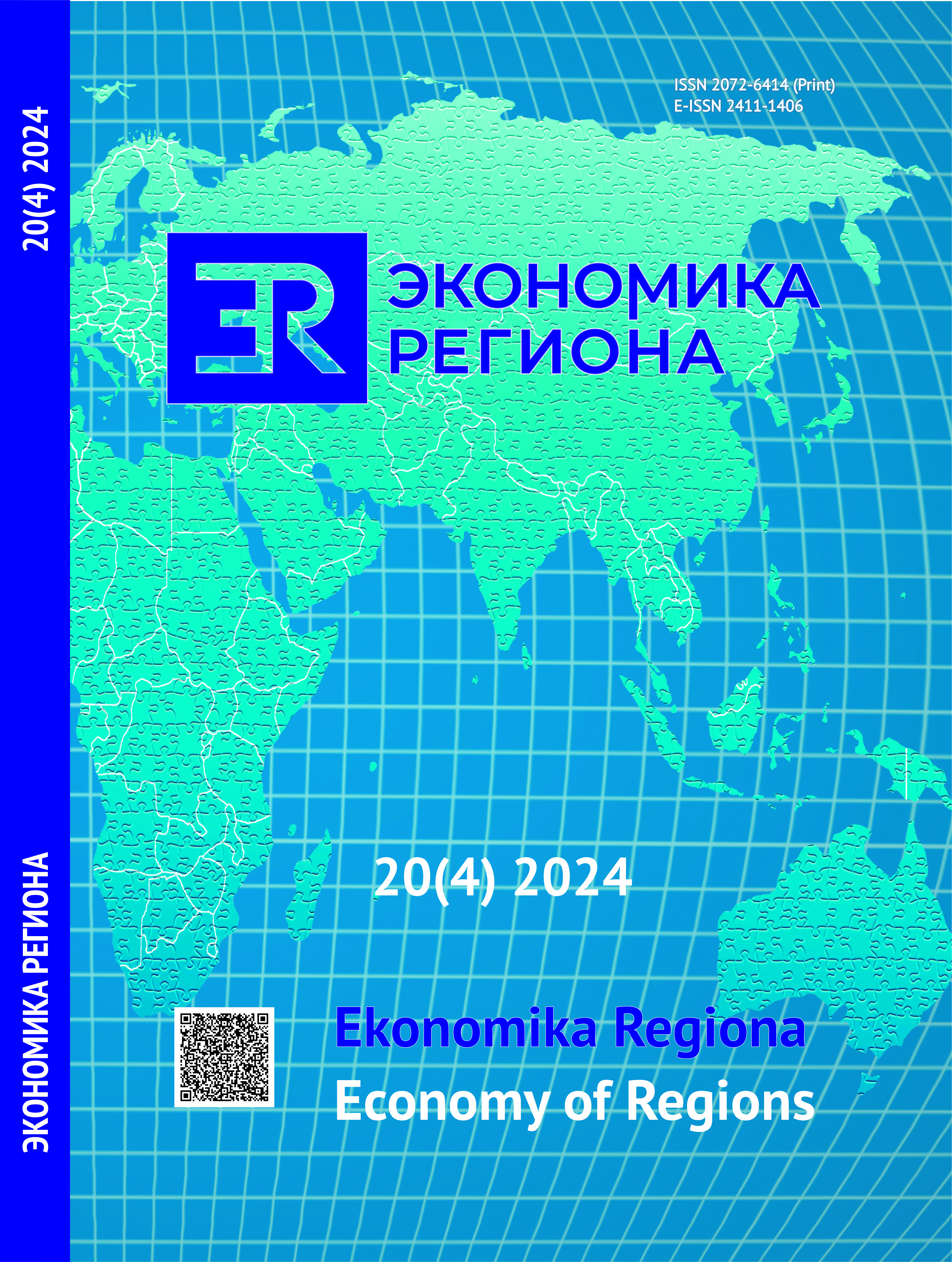Characteristics of Pendulum Labour Migration in Russian Agglomerations
DOI:
https://doi.org/10.17059/ekon.reg.2024-4-18Keywords:
pendulum migration, labour migration, agglomeration, million-plus cities, population mobility, social networks, big dataAbstract
Pendulum migration, which involves regular commuting between home and work locations, supports personal self-realization and provides individuals with the flexibility to choose optimal work environments. However, it may also hinder the socio-economic growth of certain regions. Managing pendulum migration within territorial development plans proves challenging, primarily due to the lack of detailed municipal-level statistical data. This article aims to explore the distinctive characteristics of pendulum labour migration in Russian agglomerations, with a particular focus on the gender and age demographics of migrants. We hypothesize that pendulum labour migration exhibits unique patterns in agglomeration centres and their satellite areas, including surrounding cities and villages. The study relies on social network analysis as the primary research method, complemented by age pyramid analysis and comparative methods. The empirical data, collected by the authors in 2023, comprises anonymized information from approximately 396,000 VKontakte users, aged 14 to 73, across 14 major cities and 92 satellite cities. Our findings reveal that, with the exception of the Voronezh and Ufa agglomerations, a significant proportion of pendulum migrants traveling from satellite cities to agglomeration centres are men. The most active age group for both genders is between 29 and 43 years. Conversely, migration flows from urban centres to satellite areas show a higher proportion of women (52.8 %), with women commuting to satellite villages more frequently than men. In satellite cities, the age distribution of migrants is more balanced across genders compared to satellite villages. The primary age groups of residents from major cities engaging in pendulum migration are 24-28 years and 44-48 years. These insights can inform urban development strategies related to population migration and enhance employment support programs, taking into account the gender and age patterns of pendulum labour migration in various agglomerations and their satellite areas.
Downloads
Published
How to Cite
Issue
Section
License
Copyright (c) 2024 Логачева Наталья Модестовна , Ускова Анна Юрьевна , Саломатова Юлия Валерьевна

This work is licensed under a Creative Commons Attribution 4.0 International License.




